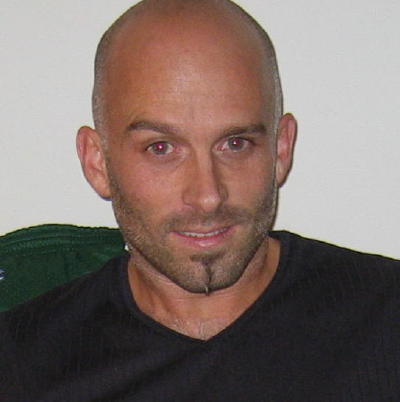Fall 2007
week 10
afternoon—11/21
hello students,
Well, well, well...we are getting close to the end of the semester. The blog entry that you will see below is for last week's class, the 10th class of the term. that means there are only four classes remaining, only four more classes to go before the final animation is due. And keep in mind, the last one doesn't count since that is the day you must give it to me.
For those of you who haven't completed much of your animation, you are SERIOUSLY behind, but you still have time. You should make a vow to yourself to get to work now over the Thanksgiving Holiday, or there will be no way that you will be able to finish and pass the class. You will simply have to put in some extra effort to complete it over the next few weeks. You should try to get me and others, the tutors in the labs for example or others in the same class, to help you complete it. Make sure you go through the tutorials here each week here in this site to help answer any questions you might have. Good luck. Carter-
Well, well, well...we are getting close to the end of the semester. The blog entry that you will see below is for last week's class, the 10th class of the term. that means there are only four classes remaining, only four more classes to go before the final animation is due. And keep in mind, the last one doesn't count since that is the day you must give it to me.
For those of you who haven't completed much of your animation, you are SERIOUSLY behind, but you still have time. You should make a vow to yourself to get to work now over the Thanksgiving Holiday, or there will be no way that you will be able to finish and pass the class. You will simply have to put in some extra effort to complete it over the next few weeks. You should try to get me and others, the tutors in the labs for example or others in the same class, to help you complete it. Make sure you go through the tutorials here each week here in this site to help answer any questions you might have. Good luck. Carter-
- TOPICS:
- Review:
- Introduce:
- Introduce:
- Review:
- HOMEWORK:Following this week's demonstration and blog entry, you should continue work on your animation and complete at least up to the panning motions of the camera, first down and then to the right, which is up to frame 8 of the storyboard.
- STORYBOARD: below you will find links to each of the pages of the storyboard containing 3-frames each.
- LINK Frames 1-3
- LINK Frames 4-6
- LINK Frames 7-9
- LINK Frames 10-12
- LINK Frames 13-15
- LINK Frames 16-18
- LINK Frames 19-21
- LINK Frames 22-24
- LINK Frames 25-27
- LINK Frames 28-30
- LINK Frames 31-33—not yet complete.
- LINK Frames 1-3
- REVIEW: we begin this week's lesson where we left off the week before, but before we start let us review what we did in class last week first.
- Stacking Order:
Let's first observe the layer stacking order: - fade
- title
- tree_near
- dog
- cat
- fence
- fence_shadow
- cow
- ground
- moon
- stars
- fade
- Panning Motions:
- Stacking Order:
- INTRODUCE:
- Pushing-in to a shot:
- Cutting from one shot to another:
- Pushing-in to a shot:






























